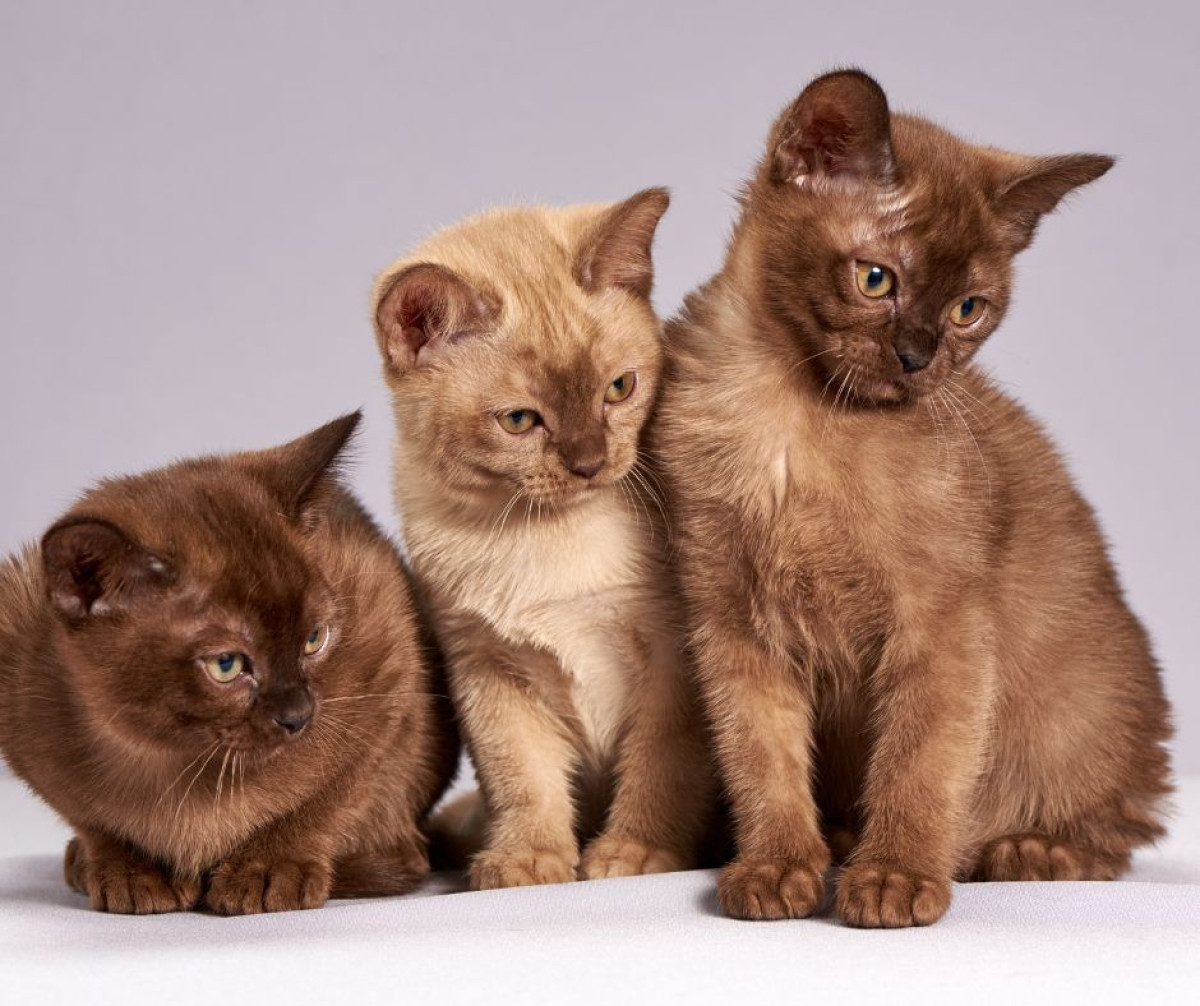


Cats are known for their captivating fur colours and patterns - but have you ever wondered what causes these unique variations in their furry coats? It all comes down to colour genetics - the science of inheritance that includes the complex interactions that produce a variety of coats in several species and breeds. Understanding the underlying mechanisms behind colour genetics can help both breeders and cat owners select animals for certain coat colours and patterns, without compromising the health of our feline friends.
One of the loci (a small DNA segment where a particular genetic marker is located in a DNA sequence) in the TYR gene that results in unique coat colouration in cats is the C-locus - also referred to as the albino series locus. The TYR-gene codes for the enzyme Tyrosinase, which is essential for melanin production. Mutations discovered in the C-locus of this gene control the production of Tyrosinase and are associated with temperature-dependent colouring and albinism. The traits associated with the gene are:
C (full colour) > cb (Burmese) = cs (Siamese) > c (albino)
The mutations c.679G>T and c.901G>A are associated with Burmese and Siamese colourations respectively, resulting in forms of incomplete albinism. Another mutation, one that is deleted, c.937delC, leads to full albinism. These traits follow an autosomal recessive pattern, requiring two copies of the mutant allele to manifest phenotypically (we can see the physical characteristics).
The Burmese and Siamese colour concentration alleles are responsible for controlling the production of Tyrosinase. These are known as colour-point alleles, as they play a crucial role in the variation of pigment in cat hair and skin surface colour. This form of pigmentation is temperature-dependent; therefore, the kittens are born with uniform colouring (as they would have been exposed to a constant temperature in the womb) and exhibit a change in colouring as they get older. As the temperature of the skin’s surface increases, such as in the back and belly, there is inhibition of tyrosinase production; therefore, no pigment is formed. When the temperature cools in places like the nose, tail, paws, and ears, the pigmentation then occurs, and results in unique markings on the cats’ fur.
The mutation that results in the cs -allele in Siamese cats will cause a decrease in coat pigmentation. Therefore, individuals with the cs/cs genotype (the genetic code) will show a reduced amount of colouring and production of markings. Their genotype will also result in these cats having blue eyes.
The cb-allele in Burmese cats is a result of mutation c. 679G˃T, which partially decreases the intensity of the pigmentation. Burmese cats do exhibit lighter colouring and show temperature-dependent markings; however, the cats’ body colour will only be slightly lighter than the markings themselves. Individuals with the cb/ cb genotype will be diluted to the sepia-brown colouring and will have amber- or yellow-coloured eyes.
A double carrier feline (cb / cs) will have mink colouration and markings. In essence, these cats will be intermediate in colour. These cats are referred to as Tonkinese, however, they will not breed true, therefore there is no specific Tonkinese breed.
Cats with the c/c genotype will result in an Albino cat. Albinism, a genetic condition resulting in the absence of pigmentation, manifests in many species and presents both challenges and unique characteristics. Albino cats require special care due to their sensitivity to light and increased susceptibility to health issues. Their lack of melanin exposes them to sun damage and potential blindness. Additionally, immune system weaknesses and occasional clumsiness are common among albino cats. Vigilant care and regular veterinary check-ups are essential to ensure their well-being.
Exploring the genetics of cat coat colours helps us shed light on the mechanisms behind the colouring and its implications for feline health. By understanding these genetic factors, we can better care for our feline companions. Through genetic health testing, we can also identify potential health issues and take necessary steps to prevent them early on.
Where can I get genetic health tests done?
At ZooOmics, we provide health and colour testing, including DNA profiles for both canine and feline. We utilise innovative technology to perform mutation testing and provide certificates for all testing, which can be submitted to registrars and breed societies.
For inquiries about sample collection, shipping, processing, and services, please contact us at info@ZooOmics.co.za. Alternatively, visit our website at www.zooomics.co.za to download our sample submission form.
21 Apr 2024